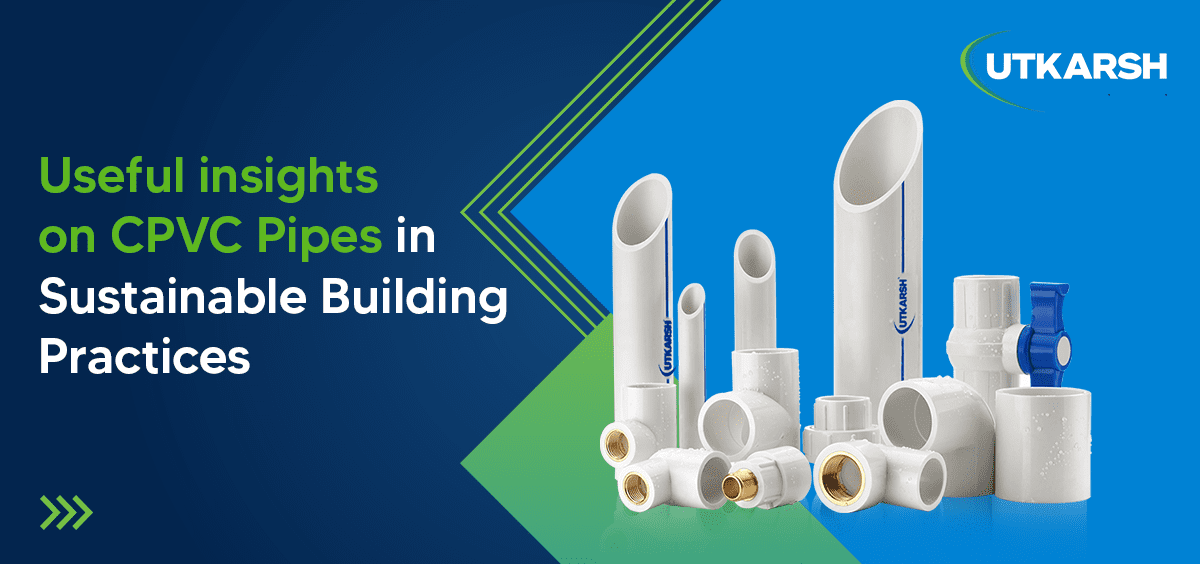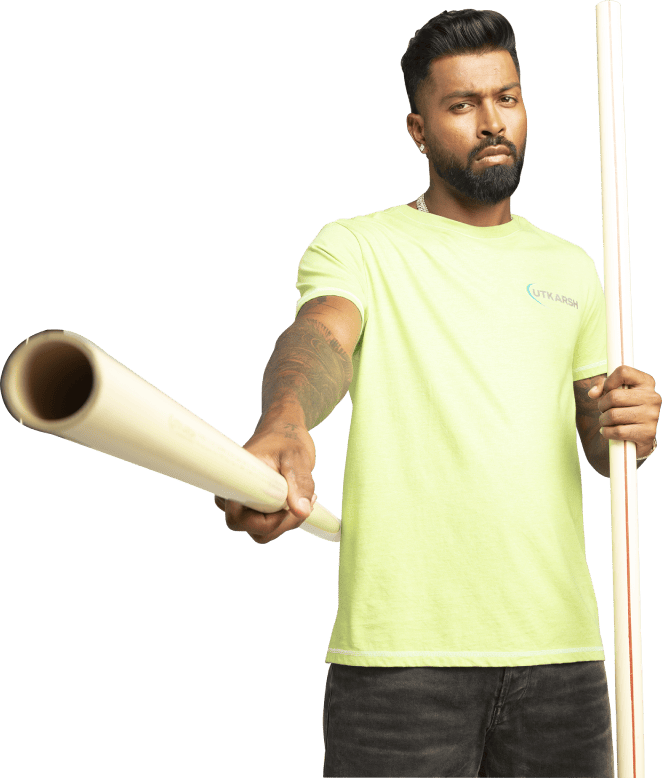Useful insights on CPVC pipes in sustainable building practices

CPVC pipes are extensively used in buildings due to their durability and versatility. They are used in water supply systems, as they can withstand high temperatures and are resistant to corrosion and chemical damage. They are also used for transporting industrial liquids due to their ability to resist a wide range of chemicals. Furthermore, CPVC pipes are known for their long lifespan, making them cost-effective and sustainable. As one of the leading CPVC pipe manufacturers in India, we share some of the useful insights on CPVC pipes in sustainable building practices :
1. Smoother finish:
CPVC pipes have a smoother finish. This ensures that the water does not face much frictional resistance when flowing through them. Less frictional resistance means that water flows more efficiently through CPVC pipes, requiring less pressure to maintain the same flow rate. This translates to reduced energy consumption for pumping water. Also, the smoother finish allows for more consistent flow. This leads to less erosion and wear on the pipes, extending their lifespan and reducing the need for replacements.
2. Leak resistance:
The leak-proof quality is essential in preventing water loss, thereby ensuring that water flows seamlessly through the system without any wastage. Moreover, the absence of leaks means there is a reduced risk of water damage to the building structure or mould growth, which can be costly to repair and pose health risks.
3. Corrosion resistance:
It significantly reduces the risk of premature damage, ensuring the pipes remain functional not just for a few months, but for a much longer duration. The extended lifespan of CPVC pipes means they require less frequent replacement, contributing to the conservation of resources.
4. Resistance to bacterial growth:
It reduces the use of harsh chemicals that are often required to treat or prevent bacterial contamination. This not only conserves resources but also minimises the release of such chemicals into the environment. In addition, the long-term integrity of CPVC pipes is maintained because bacterial growth can lead to bio-corrosion that weakens piping materials over time. The prevention of bio-corrosion extends the lifespan of CPVC pipes.
5. Lightweight:
The lightweight nature of CPVC pipes contributes to their sustainability by reducing their carbon footprint. This reduced weight makes these pipes easier and more energy-efficient to transport. In addition, the ease of handling due to their light weight simplifies the installation process, requiring less energy and fewer resources.
Looking for CPVC pipe manufacturers in India?
Explore our CPVC pipes and fittings. Our CPVC pipes are manufactured in copper tube sizes (CTS) ranging from 1/2 inches to 2 inches, available in two standard dimensional ratios: SDR11 and SDR13.5. The pipes feature anti-slip high-grade rubber ring inserts in all brass fittings, ensuring easy installation. They are chemical and impact resistant, can withstand temperatures up to 93 degrees centigrade, and offer leakproof, weather-resistant, and superior insulation properties. Also, these pipes are non-inflammable, ensuring fire safety. Also, they are free from scaling.
Their impact resistance, bacteria-proof nature, and hygiene make them suitable for a wide range of applications, including hot and cold water transportation, food conveyance, chemical industrial use, and in residential and commercial sectors. Our testing facilities include assessments for opacity, visual appearance, reversion, Vicat softening temperature, and the effect on water. For easy identification, our pipes feature a red or brown colour strip and are off-white in colour.












